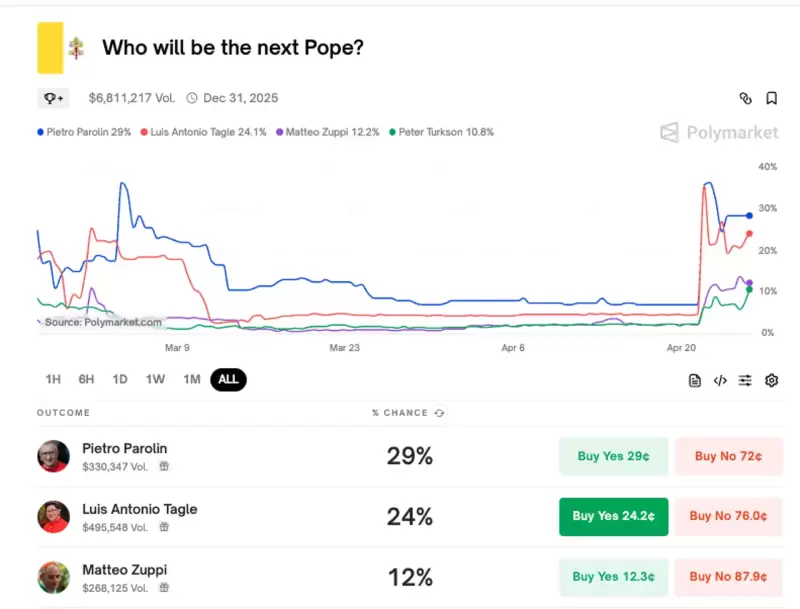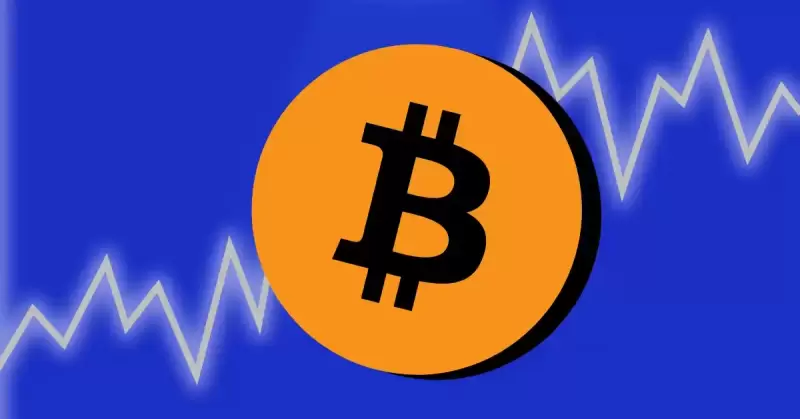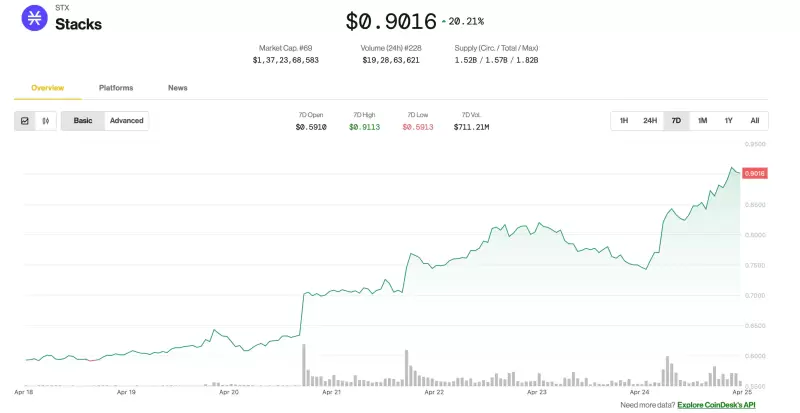The Federal Reserve Board made a significant move on Thursday to simplify rules for banks engaging with cryptocurrencies and digital dollar tokens
The Federal Reserve Board has made a significant move to simplify rules for banks engaging with cryptocurrencies and digital dollar tokens, aiming to foster innovation while keeping risks in mind, a decision that will shape how banks interact with these emerging technologies.
To understand this, cryptocurrencies like Bitcoin or XRP are digital forms of money that operate on secure, decentralized technology, and dollar tokens are digital versions of the U.S. dollar, usually backed by assets to maintain a stable value.
Last year, the Federal Reserve required banks under its oversight to notify it in advance if they planned to engage with cryptocurrencies, allowing the Fed to review potential risks like fraud or instability. However, this requirement has now been eliminated, permitting banks to handle crypto activities without prior notification. Instead, the Fed will monitor these activities during routine bank examinations, treating them like other banking operations.
Moreover, the Federal Reserve has scrapped a rule that was set to come into effect this year requiring banks to get a formal “nonobjection” approval before engaging in dollar token activities, such as issuing or managing digital dollars on blockchain networks. This change removes a layer of bureaucracy, making it easier for banks to explore technologies for tokenized payments, stablecoins, or other services.
The Federal Reserve, together with the Federal Deposit Insurance Corporation, is also aligning with the Office of the Comptroller of the Currency to withdraw two joint statements that had set the stage for a cautious approach to crypto.
Earlier this year, the three agencies had released statements setting strict guidelines for banks’ crypto activities and risk exposures, a move that came after several U.S. banks began offering crypto services. These statements had set a cautious tone, emphasizing the need for banks to manage risks carefully and stay within the agencies’ limited approval for crypto activities.
But with this step back, the agencies are signaling a more flexible approach, planning to collaborate on new guidance to support safe innovation in the rapidly evolving crypto space.
This shift comes as the Federal Reserve has observed that the crypto landscape is changing rapidly, with banks showing increasing interest in offering services like crypto custody or tokenized dollar transactions.
In response, the central bank is aiming to streamline oversight, encouraging banks to innovate in crypto while ensuring risks are managed through standard supervision. This balances the potential of digital assets to transform finance with the need for stability in the banking system.




















































































